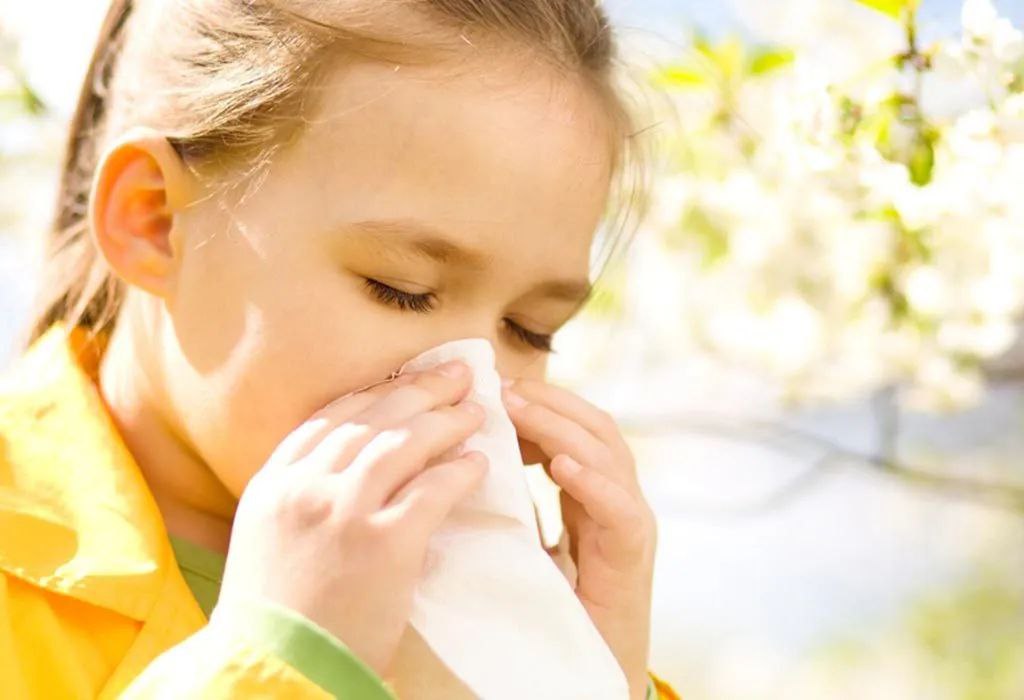
Related products
Specifically, allergies are vexing and distressing for infants, who often lack comprehension of the cause of their illness. Although babies do get hay fever, there are simple measures one must take to reduce their risk both at home and in their everyday activities. Parents can explore a range of gentle treatment options designed for younger age groups through trusted sources such as Welzo’s children’s allergy and hay fever range, which offers age-appropriate relief solutions.
What is Hay Fever?
Hay fever, known as seasonal allergic rhinitis, is an allergic reaction triggered explicitly by pollen. In the United Kingdom, 25% of the population has a pollen allergy. While there is currently little research on allergies in infants and young children, it is essential to note that these age groups are still affected by hay fever or other allergies. A variety of over-the-counter solutions for general symptoms are available through Welzo’s hay fever and allergy relief options, which many parents turn to for seasonal management.
Newborns who have symptoms like those of an upper respiratory tract infection, common cold, or teething pain are often misdiagnosed and not given appropriate treatment. It is essential to be vigilant about nasal discharge since it indicates:
- Ear infections, specifically otitis media.
- Sinusitis (refers to the inflammation and infection of the sinuses).
- Abnormalities in the development of the jaw that need orthodontic treatment.
What are the Causes of Hay fever in babies?
The word "hay fever" contains a little misconception. Hay is not the aetiology of this condition, nor does it elevate the child's body temperature. Instead, pollen from blooming plants, including trees, flowers, grasses, and weeds, is discharged into the air, triggering hay fever. If the kid is allergic to this pollen, their immune system responds by releasing histamine into the bloodstream. Their body generates inflammation due to histamine release, resulting in unpleasant respiratory symptoms.
What are the symptoms of hay fever in babies?
Indications of the infant's hay fever comprise:
- Frequent bouts of sneezing.
- Nasal congestion or rhinorrhea.
- Itching in my lips, throat, and ears.
- Eyes that are moist, puffy, or red.
Untreated hay fever in infants causes significant pain and sleep disturbances, resulting in heightened weariness throughout the day.
Under what circumstances might Hay Fever in infants exacerbate?
Hay fever, a seasonal allergy caused by pollen, often worsens during the spring and summer when grasses and trees are actively reproducing, increasing pollen count.
- The optimal period for detecting grass pollen is often between May and July.
- The optimal period for detecting tree pollen is from February to June.
- Ragweed pollen is most abundant from June to September.
Diagnosis of Hay fever
Determining whether one's child is experiencing hay fever independently is possible. It is a notable signal if their symptoms exhibit seasonality, increasing and decreasing with changes in the weather. According to the American College of Allergy, Asthma, and Immunology, the most bothersome allergies, namely those related to springtime, often begin around February and last until early summer in the United States. Consider if the kid currently exhibits any symptoms.
Similarly, if a child's symptoms vary depending on their surroundings, such as being near a family pet or in a dusty environment, it suggests the presence of hay fever. When parents bring their child to the paediatrician for a diagnosis, the physician conducts specific tests to rule out asthma as the only cause of the child's symptoms. To accurately understand a child's allergies, it is advisable to see an allergist who can perform skin prick testing. These tests often detect allergies in children, such as allergies to flowers, grass, or certain types of pollen.

What are effective methods for alleviating hay fever symptoms in infants?
If parents suspect that their kid is suffering from hay fever, the following recommendations are beneficial:
- Acquiring an automotive air vent pollen filter.
- Restricting the duration of outside exposure for babies throughout the hay fever season, usually reaching its highest point from late March to September.
- Washing the baby's face with lukewarm water after spending time in parks or gardens is advisable to eliminate pollen.
- After returning from an outside activity, the baby's clothing should be altered. Garments should be washed using hot water at a minimum temperature of 60°C.
- Ensure that the doors and windows are closed while at home.
- Frequent vacuuming effectively eliminates potential dust mites. The primary function of a high-efficiency particulate air (HEPA) filter on a vacuum cleaner is to effectively remove a minimum of 99.97% of bacteria, mould, dust and pollen.
- Avoid smoking near newborns and take all necessary measures to protect them from the harmful effects of second-hand smoke.
- Ensure that youngster wears a hat with a wide brim when outside to shield their face from pollen.
Ensure that the youngster wears a hat with a wide brim when outside to shield their face from pollen. Clarinaze Allergy Control Nasal Spray is a corticosteroid spray that helps reduce inflammation in the nasal passages. It’s ideal for children who experience persistent congestion due to high pollen exposure.
Is there a paediatric antihistamine available?
While there is no cure for hay fever, it can be managed. Dr. Lee advises against the use of antihistamines in children under the age of two in the UK. Antihistamines are available in tablet and liquid forms. Alternatively, one can consult a physician or pharmacist for expert advice on the most suitable action. Piriton Syrup 150ml is a commonly used antihistamine syrup for children, offering relief from sneezing, runny nose, and itchy eyes. It is suitable for short-term allergy control in children over one year old under medical advice.
Recent research has determined that fexofenadine is administered without risk to children as young as one year old, suggesting potential benefits in the future. Benadryl Allergy Relief 1mg Solution (Children's) provides fast-acting allergy relief with minimal drowsiness. It is often used to manage daily symptoms like nasal congestion and itchy skin in kids.
Immunotherapy, a prolonged therapeutic approach that includes administering minute amounts of the allergenic substance by a skin puncture, has been seen to be used to treat severe hay fever in children. This allows individuals to alleviate hay fever symptoms and progressively enhance their tolerance. If other medications have not shown efficacy, this is a potential option
Immunotherapy, a prolonged therapeutic approach that includes administering minute amounts of the allergenic substance by a skin puncture, has been seen to be used to treat severe hay fever in children. This allows individuals to alleviate hay fever symptoms and progressively enhance their tolerance. If other medications have not shown efficacy, this is a potential option.
Prevention of hay fever
- If the pollen count is high or there are strong winds, it is advisable to keep the child inside.
- Consider purchasing wrap-around sunglasses to shield toddler's eyes from pollen.
- When operating a vehicle, keeping the car windows shut is advisable.
- To mitigate a child's inhalation of pollen, apply petroleum jelly to the inside of their nasal cavity.
- Upon the child's re-entry, ensure that their hands, face, and hair are well-cleansed. In addition, they must be made to put on fresh garments and remove their footwear.
- Refrain from drying children's clothes outside to prevent pollen from adhering to them.
- It is vital to regularly wash pets and wipe them off with a damp towel when they return from outdoors to remove any pollen they have picked up.
- It is better to opt for using the air conditioner instead of opening the windows in the residence.
People Also Ask
What is the difference between hay fever and cold in a baby?
Hay fever symptoms do not include a fever, which is present in cold. Additionally, if the baby develops symptoms of common cold during warm sunny weather that won’t go away anytime soon then it is indicative of hay fever. Common cold most occurs with changing temperatures or seasons and usually lasts for a few days, unlike hay fever that is persistent and recurrent.
Does hay fever worsen other health conditions in children?
Yes, hay fever has the potential to worsen present medical conditions such as asthma. It also weakens the children’s defences and renders them to recurrent infections such as inflamed sinuses (sinusitis).
Conclusion
Babies can get hay fever too and present with symptoms such as sneezing, runny nose, itching, dry mouth, and red watery eyes. While it becomes difficult to differentiate between symptoms of common cold and that of hay fever, note the pattern of illness and make sure to see if the baby has fever. If fever is not present, then it indicates hay fever. Piriteze Allergy Relief Syrup (70ml) is a gentle antihistamine syrup formulated for children, helping reduce hay fever symptoms like sneezing and watery eyes. It can be taken once daily and is often recommended for older infants and toddlers under medical supervision.
Commonly, allergic reactions are treated with antihistamines, but paediatricians do not recommend their use in children below 2 years of age, as these medications may cause sedation. Fexofenadine is, however, allowed for babies over 1 year and considered safe. Numark Allergy Relief for Children Oral Solution (70ml) is another trusted choice for mild allergy symptoms in kids. It’s a sugar-free liquid option designed to relieve hay fever symptoms while being gentle on young stomachs.
To prevent frequent episodes of hay fever, it is important to follow safety and preventative measures for the baby’s strong immune system and overall well-being.






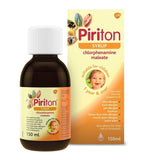

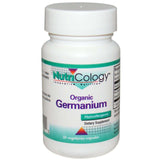
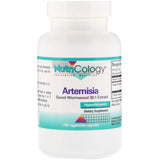



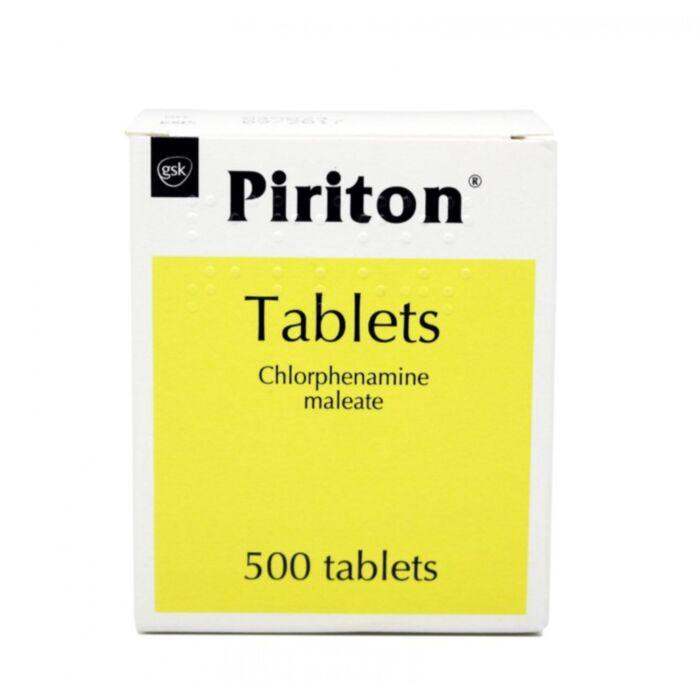


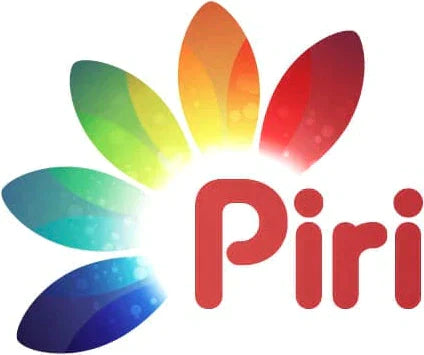
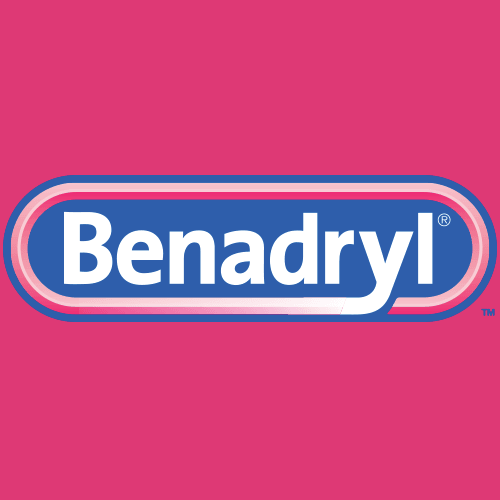
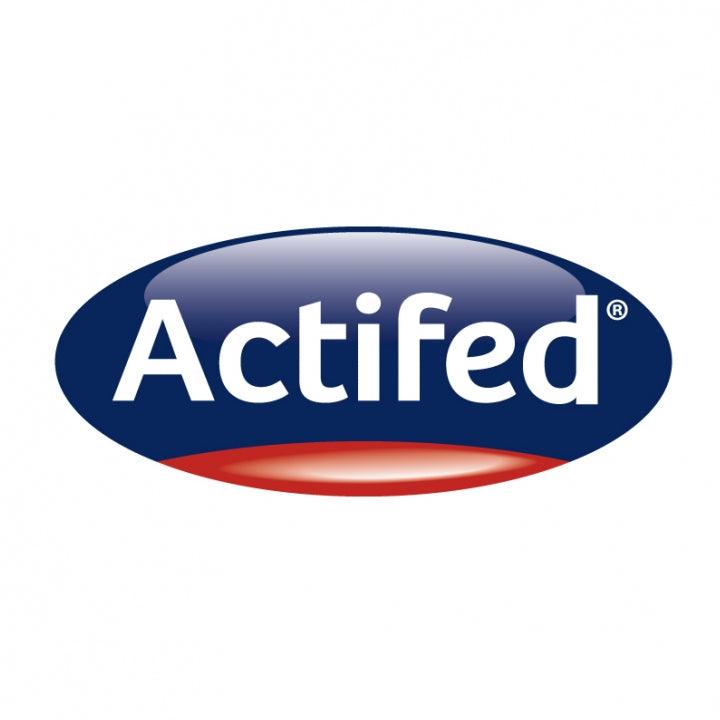



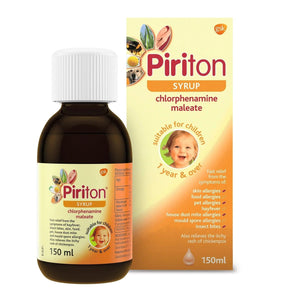

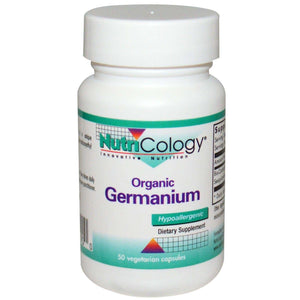
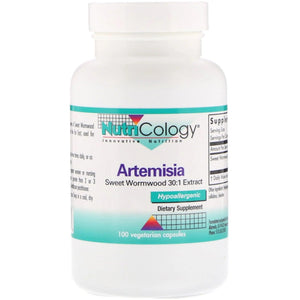
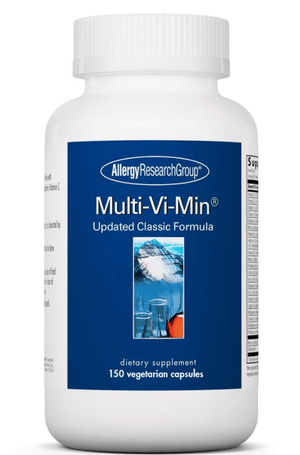


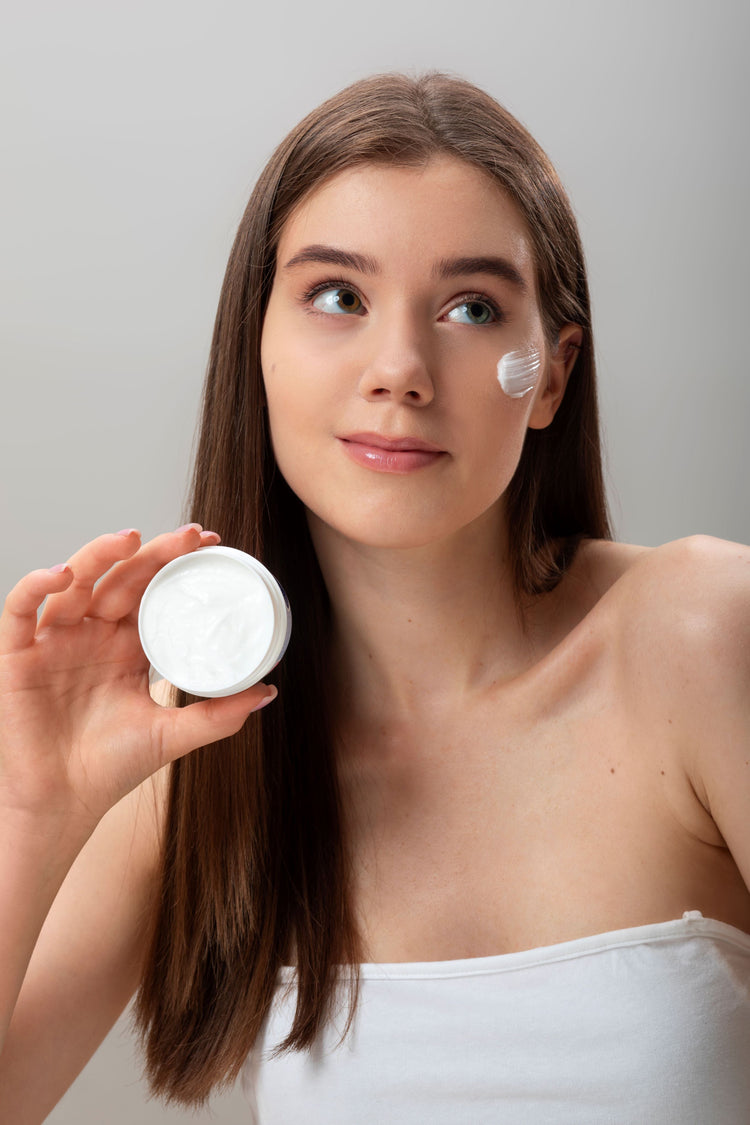
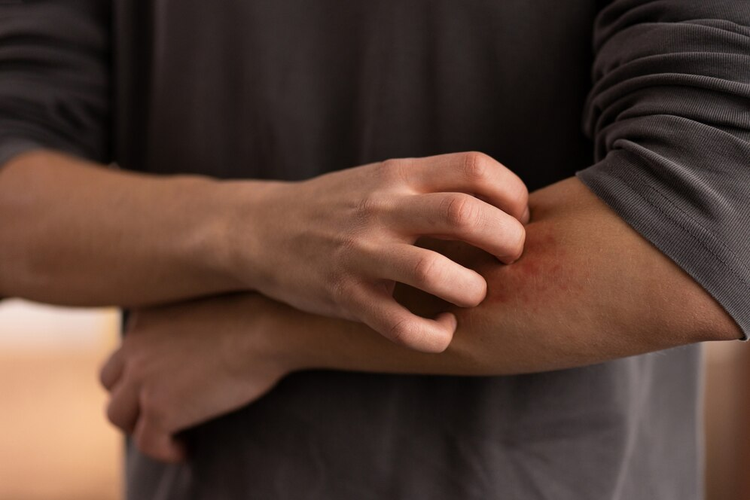


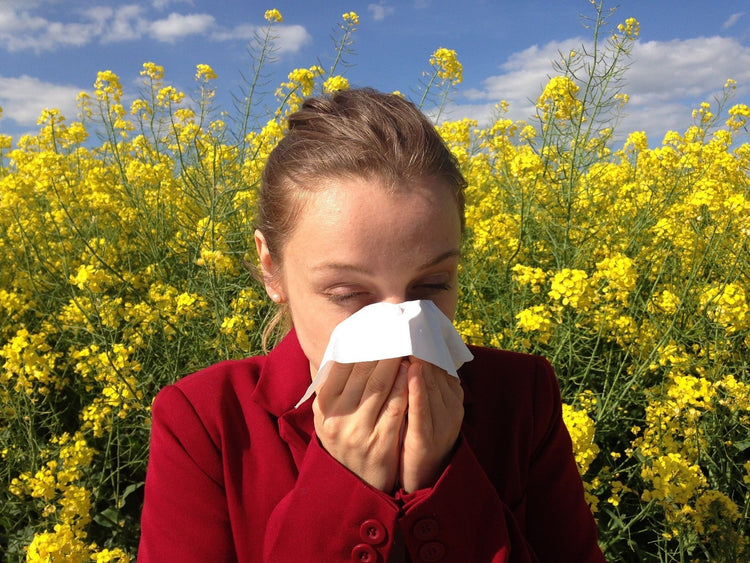


 Rated Excellent by 26,523+ Reviews
Rated Excellent by 26,523+ Reviews